- the article presents an overview of techniques that are not a good fit for mobile VR applications
- provides brief explanations of the methods and the reasons for why they should be avoided
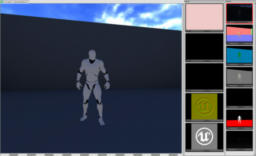
- collection of tweets showcasing a large number of effects, games and technical art resources
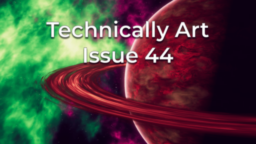
- a unity tutorial that explains how to create a post-processing effect that implements a Chromatic Aberration style effect
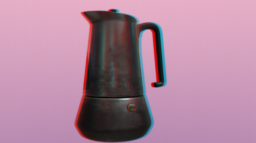
- the article shows how the surface gradient framework (discussed in issue 102) can be integrated into the High Definition Rendering Pipeline (HDRP) from Unity
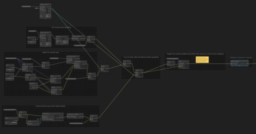
- a new Vulkan extension that allows developers to query performance metrics from the GPU
- exposed metrics are defined by the driver
- granularity is determined by the capabilities of the GPU, ranging from single commands to complete command buffers

- overview of advice by the author on what candidates should be focusing on if they are interested in getting started in graphics programming positions in games
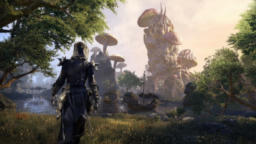
- list of open-source rendering engines and helper libraries
- a mix of large, established and hobby projects

- podcast episode for artists
- contains a collection of links to other articles related to PBR rendering
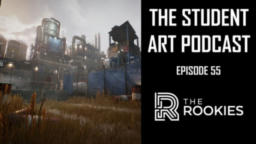
- provides an overview of the raytracing execution model
- explains shader binding tables and why they are fundamental for raytracing APIs
- differences between Vulkan, DXR, and OptiX
- provides a tool that visualizes the required table layout for the different APIs and how to trace rays with correct offsets

- links to Vulkan presentations and videos from Reboot Develop Red
- topics include Vulkan Ray tracing, mobile, and optimizations

- research by Nvidia that investigates the influence of latency reduction and higher frame rates in the context of first-person shooters
- shows that high frame rates are mainly significant because of the latency reductions it provides
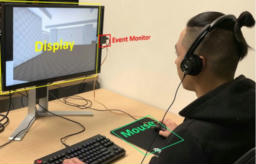
- the article explains how to render lines
- extends the method to support different styles of line rendering
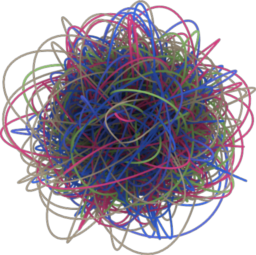
Thanks to Bruno Opsenica for support of this series.
Would you like to see your name here too? Become a Patreon of this series.